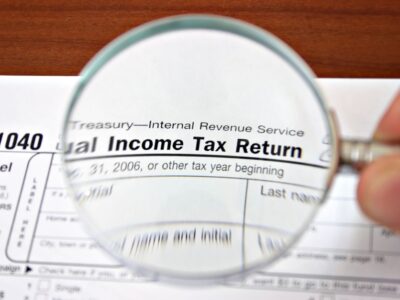Preference shares offer some unique advantages and disadvantage both to the holders and the company.
Companies issue preference shares because they want to raise capital. They provide both the benefit of debt and equity capital, so they are also considered to be hybrid securities.
Among the benefits for the investor is that he or she receives some dividend payments before the common stockholders. The downside is that they have no voting rights as common shareholders usually do.
Advantages of Preference Shares
They Receive Dividends First
As we have mentioned, the primary benefit for shareholders is that the preference share provides a fixed dividend that must be paid before any dividends can be paid to common shareholders.
Although dividends can only be given if the company achieves profitability, some type of preference shares, called cumulative shares, let for the accumulation of unpaid dividends.
Once the business is humming and thriving again, all of the unpaid dividends should be remitted to the preferred shareholders before any dividends can be given to the common shareholders.
Higher Claim on Assets
Apart from that, should the company go bankrupt and liquidate, preferred shareholders have a higher claim on company assets than common shareholders do.
This is the reason preferred shares are very appealing to investors that have low risk tolerance. The firm guarantees dividends each year. But if the business fails and eventually goes out of business, they must pay the preference shareholders to compensate them for their investments.
Other benefits to the Investor
There are other types of preference shares and each of them carry specifics benefits.
Convertible shares, for instance, let the shareholder trade in preference shares for a fixed number of common shares. This can be a very profitable option if the value of the common shares starts to rise.
Meanwhile, participating shares provide the shareholder the chance to benefit from additional dividends above the fixed rate if the company meets certain predetermined profit targets.
The different varieties of preference shares available and their unique benefits mean that this type of investment can be used as a low-risk investment that provide long-term income.
Disadvantages of Preference Shares
Lack of Voting Rights
For the investor, the main downside of owning a preference shares is that preferred shareholders do not have the same ownership rights in the company as common shareholders.
The absence of voting rights means that the company is not tied to the preferred shareholders in the same way as they are beholden to other equity shareholders. It’s important to remember, however, that the guaranteed return on investment mostly makes up for this disadvantage.
On the other hand, if the interest rate rise, the fixed dividend that seemed profitable can appear to be cheap when fixed-income securities rise with higher rates.
More Expensive than Debt
For the company’s perspective, the chief disadvantage of issuing preference shares is that this type of equity capital is more costly and expensive than when compared with the cost of availing debts.
At Profit Star we strive to bring the best out of our students, guiding them through the complex world of financial markets.













Comments